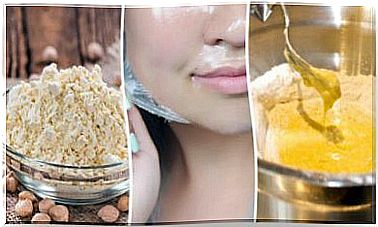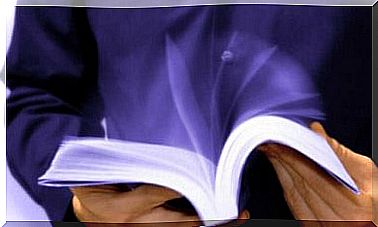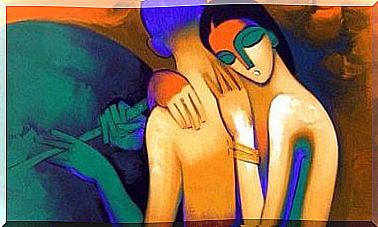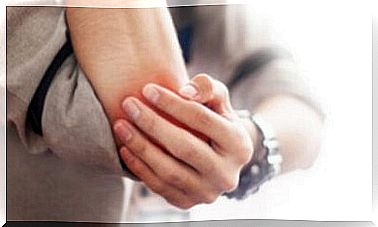Treatment With Dry Needles – Description And Benefits

Dry needles are one of the many new, innovative techniques in physiotherapy.
It is a new evidence-based type of treatment technique to relieve muscle pain. Today you will learn more about it along with its uses as a treatment for all sorts of muscle problems.
In order to understand what treatment with dry needles is and how it works, we first need to review two concepts: Trigger points and myofascial pain.
Trigger points
These are hyperirritable points in a tight band around a particular muscle. This tight band is a group of muscle fibers that show an abnormal tension that forms a lasting band. It is commonly referred to as a contraction.
This tight band is painful and its trigger point is a knot which, when touched, leads to the kind of sharp pain that causes a person to move. In addition, this pain radiates to other areas that do not include the trigger point – radiating pain. It can appear along with motor dysfunction and other phenomena such as dizziness and nausea.
The trigger points in a muscle usually radiate to specific areas and provide a clue to physiotherapists as to where the problem is coming from. For example , headaches can come from a trigger point that sits in muscles such as the upper trapezius muscle, levator scapulae, or sternocleoid mastoidus.
This pain may have nothing to do with the area from which it originated and the trigger points may be active or latent. An active trigger point means that it discharges pain to other areas. On the other hand, a latent trigger point means that it does not emit pain.
Trigger points can be activated by acute or chronic muscle overloads, direct injuries and cooling. The most common factor is usually chronic congestion due to posture problems.

Myofascial pain
This type of pain is a regional muscular process that can be either acute or chronic. It is disabling and common in the population, but not many people know about it. It usually does not occur along with changes in imaging or analytical tests, and because of this, it is underdiagnosed and underestimated.
The symptoms of myofascial pain caused by trigger points are:
- Sensitive symptoms: There is a change in the sense of touch. For example, you get hurt by a touch that usually does not hurt, and yet you feel pain. In addition, there will be a radiant pain (as explained above).
- Motor symptoms: Among other things, there is a reduction in strength and problems with moving the affected muscle.
- Autonomic symptoms: There is rhinitis, lacrimation, saliva, changes in temperature, sweating, goosebumps, dizziness, nausea and redness of the skin.
We can say that there are three components in myofascial pain:
- A tangible tight band in the affected muscles or tension.
- A trigger point.
- A characteristic pattern of radiating pain, which is the trigger point that leads to pain in a specific area.
The purpose of dry needles
Treatment with dry needles is a physiotherapeutic technique used primarily for myofascial pain. Once the therapist finds the trigger point that is causing it, they can deactivate it using a needle. The needle resembles acupuncture needles, but is longer because it needs to be able to reach into the muscle.
The whole process requires cleaning of the area, and the physiotherapist must use gloves, disinfectants and gauze bandages. This is because it is a semi-invasive technique that goes through the patient’s skin. The needles also come in single-packs and cannot be reused.
The therapist inserts a needle into the trigger point without anesthesia and moves from the inside out until a local cramp is obtained – an involuntary tension in the muscle. They do this without actually pulling the needle out of the skin.
Are dry needles the same as acupuncture?
Treatment with dry needles is a scientific technique in which a trained physiotherapist punctures the muscle in order to control myofascial pain. It lasts between two and five minutes and can be painful.
In contrast, acupuncture is based on traditional Chinese medicine and they only penetrate the energy points at a superficial level without coming into contact with the muscle.
A treatment lasts about 20 minutes, it is not painful, can treat many ailments and is performed by a trained therapist.
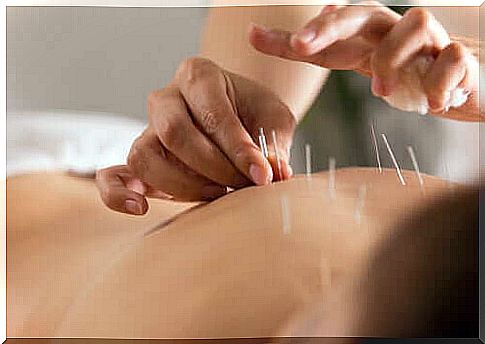
The risks of dry needles
These are minimal and most of them can be avoided with reservations and when performed by a well-trained physiotherapist:
- The needle penetrates the skin and into the muscle, and there may be a small blood vessel between these. The most common risk of treatment with dry needles is puncture of a blood vessel, which causes a small bruise that lasts for about a day. This risk is more common in people who have thinner blood.
- The therapist can hit a nerve on the way to the muscle. This causes a buzzing sensation, but it usually disappears right after.
- Another minor risk is dizziness, which can occur during the procedure. The technical term for it is “vasovagal” seizures.
- There are few reported cases, but if the physiotherapist has no experience in treating with dry needles in the pectoral muscles, their failure can lead to pneumothorax (lung collapse).
- There may be swelling or a contraction in the muscle.
- It can also lead to dermatitis after the puncture, which is a reaction on the skin in the area of the puncture.
- Lastly, any puncture also comes with a risk of infection if the therapist does not clean the area properly. This also happens if the physiotherapist does not use gloves and / or sterile needles.
Treatment with dry needles can leave you with a feeling reminiscent of the one you have after a very intense massage. However, it disappears after a day or two.
Contraindications to treatment with dry needles
Most contraindications are relative. Among them are:
- An extreme fear of needles.
- Problems with blood clotting and treatment with blood-thinning meidicn due to the risk of bleeding.
- People with weak immune systems have a higher risk of developing infections.
- Individuals at risk for lymphedema (this means that the area of treatment with dry needles is filled with fluid that is unfiltered because the lymph nodes in the area are no longer present).
- Hypothyroidism increases the risk of inflammation in the muscles.
Is it effective?
According to several reviews of studies, treatment with dry needles is effective for:
- Reduction of subjective and objective pain both locally and in areas of radiating pain and pain at trigger points.
- Improving the mobility of joints related to the muscle where the trigger point is.
- There is insufficient evidence, but it seems that treatment with dry needles can improve depression in patients with myofascial pain.
Most recently, therapists have observed that certain things can affect the effectiveness of treatment with dry needles. For example, there may be other factors in patients such as prolonged pain, lack of sleep and repeated exertion of the muscle.
Thanks for reading.
